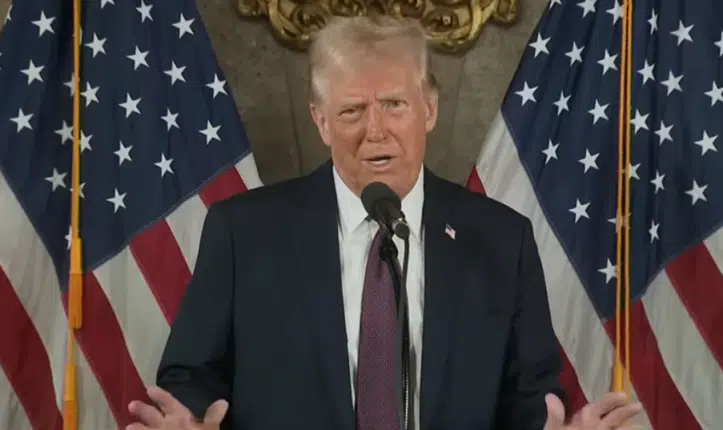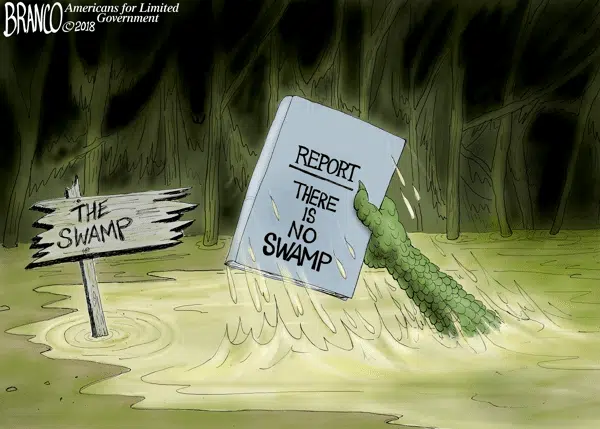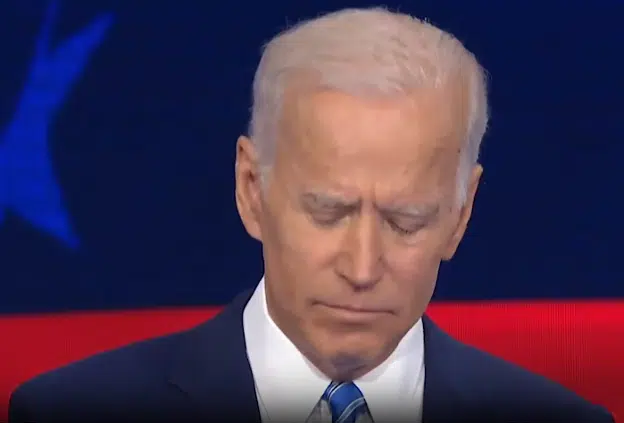By Robert Romano – Since Sep. 2007, when the recession began, to Sep. 2011, we will have borrowed and spent an additional $6.469 trillion. In addition, since then the Federal Reserve has expanded its balance sheet (minus treasuries purchases) by an additional $1.117 trillion.
In fact, the central bank has expanded its balance sheet in total by $1.930 trillion since then, but we’re not going to double-count its additional treasuries purchases, which are already accounted for in the new debt that has been racked up.
That’s a total “stimulus” of $7.646 trillion for FY 2008-2011. So, what have we gotten for all that borrowing, spending, and money printing?
Let’s be generous and assume that by Sep. 2011, the nominal Gross Domestic Product (GDP) will have increased to $15.376 trillion, which assumes exactly the same nominal growth as last year Q3 to Q3. In Sep. 2007, the GDP stood at $14.158 trillion. So, there has been total nominal growth $1.218 trillion since then.
Therefore, a “stimulus” of $7.646 trillion will have only generated growth of $1.218 trillion by the end of this fiscal year. Put another way, for every $6.27 borrowed, spent, and printed, the government achieved $1 of growth. Or, for every dollar borrowed, spent, and printed, there was 15.9 cents of growth — a measly .159 Keynesian multiplier.
How can that be? Well, gross interest paid on U.S. treasuries during that period was $1.677 trillion. Further, a substantial portion of the monetary expansion was a part of the Fed’s $1.25 trillion bailout to financial institutions all over the world for devalued mortgage-backed securities.
So, $2.794 trillion of the “stimulus” simply went into the banking system, inuring exactly no benefit to economic growth. Add to that another roughly $2 trillion for the trade deficit during this time, and suddenly approximately $4.8 trillion of the $7.646 trillion “stimulus” went to things other than economic growth.
Of the remaining $2.852 trillion, assuming an effective tax rate of about 35 percent consisting of federal, state, and local taxes, and there’s another $1 trillion out the window not going into the real economy.
Of course, this does not even factor the increasing inflation on commodities like food, energy, and metals, plus the increasing costs of doing business. So, it comes into perspective why we’re not getting so much bang for our buck when we try to stimulate the economy through government borrowing and money printing.
With the power of “stimulus” being so diluted, it makes one wonder what the GDP might have been had the federal budget been completely balanced during the recession, and the Fed had kept its balance sheet at exactly the same levels — i.e. no bailouts to failed financial institutions, no “stimulus”.
According to conventional wisdom, we would have had a depression worse than the Great Depression. But does anybody believe — for a second — that the GDP would have contracted to, say, $7.73 trillion?
Because that’s what a 1 to 1 multiplier would assume about the absence of the $7.646 trillion “stimulus”. That, the only thing holding up the economy was all of the deficit-spending and monetary expansion. And, that without it, the economy would have contracted by an amount commensurate to the missing “stimulus”.
But, if the multiplier is only .159, the contraction would have amounted to just $1.022 trillion, bringing the GDP to a possible low of $13.135 trillion, assuming the economy would have been contracting throughout the entire period (i.e. no recovery).
Yes, that would have been a deep recession, and failed institutions would have been allowed to go into bankruptcy. But a bottom would have been felt in the economy, and then it would have come roaring back with robust growth.
The reality is, to prevent that bottom from being realized, we as a nation incurred $6.469 trillion of new debt that, it turns out, was unnecessary.
As time goes on, and gross interest owed on the national debt rises to over $1 trillion by 2021, and skyrocketing thereafter, taxes increase to pay for it, and the cost of doing business continues to rise because of the weak dollar, the .159 multiplier involved will continue to get closer to zero. This is the crowding effect that is caused by excessive government borrowing and money printing.
With unemployment now at 9.1 percent, growth anemic at 1.8 percent for the first quarter, housing values continuing to decline while foreclosures still rise, and prices continuing to increase on food and energy, the American people are feeling the continued pain of this downturn.
Sadly, the recession has been prolonged by government’s intervention. Government wanted a “soft” landing, and well, they got one. Good work.
The truth is that a prolonged period of economic weakness — i.e. a depression — is worse than the quick, sharp downturn, followed by the quick, sharp recovery that would have occurred had we just let the chips fall where they may.
Such is the fallacy of “stimulus”. This was the same mistake that was made in the 1930’s, and the question is whether anybody in Washington has learned a thing in all that time. Or, if they are all Keynesians, still.
Robert Romano is the Senior Editor of Americans for Limited Government.






